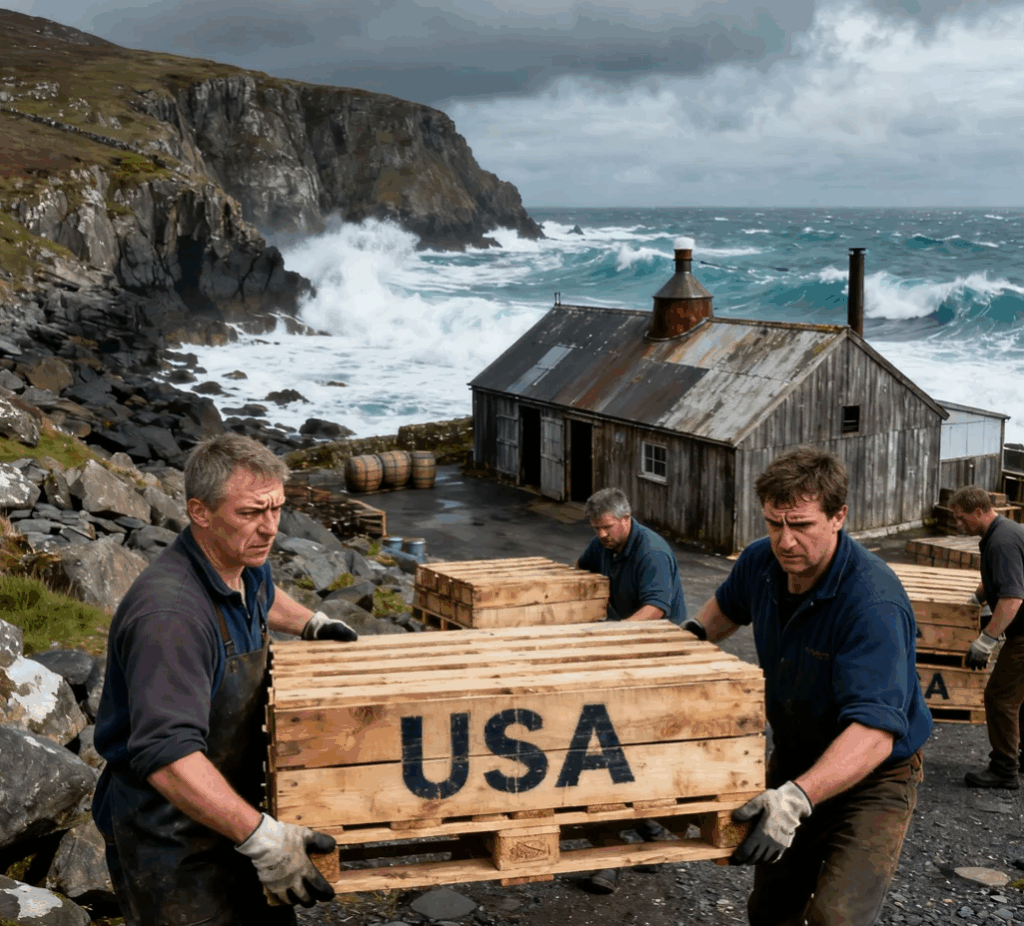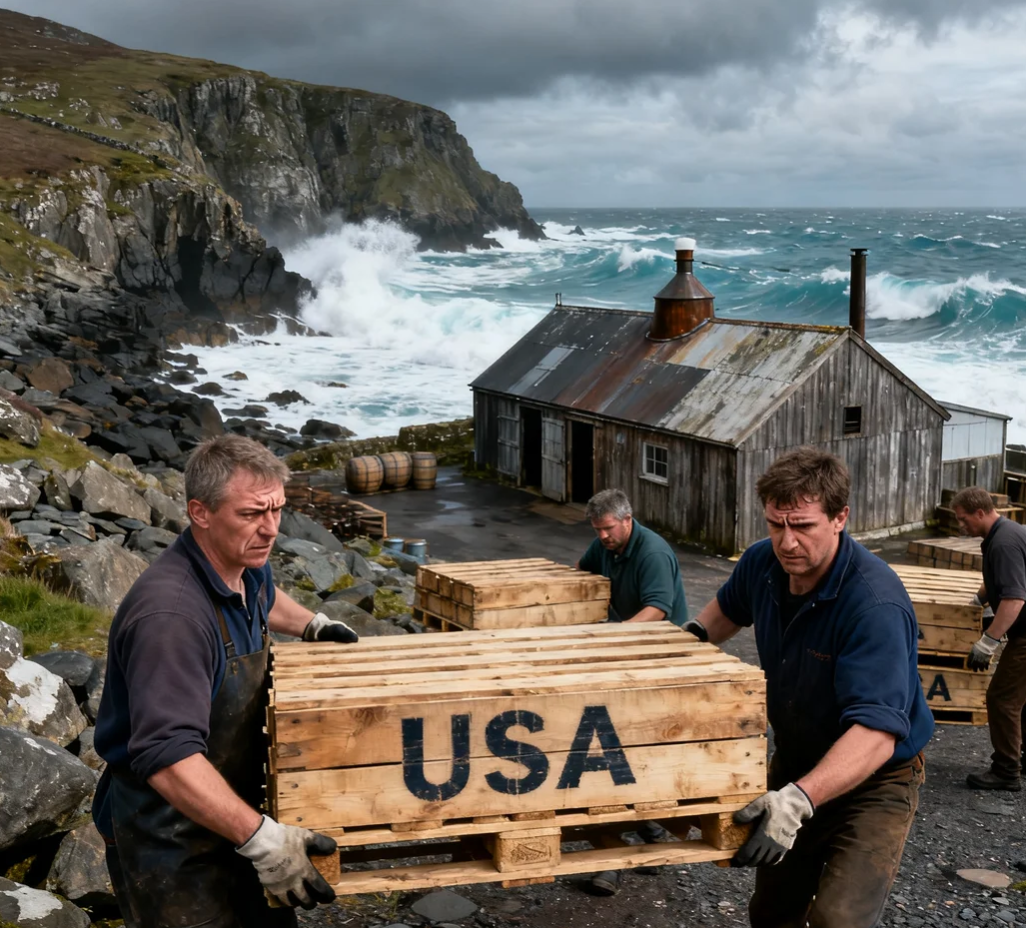On Ireland’s rugged west coast, along what locals call the “last road in Ireland,” June O’Connell nurtures a business rooted in patience. Her distillery, Skellig Six18, crafts gin and whiskey in a process dictated by the Atlantic’s moody mix of wind, rain, and chill. For O’Connell, America was always the dream market — a natural fit for Irish spirits and a nation with a big appetite for premium drinks. After years of negotiations with U.S. distributors, her first shipments finally left County Kerry in late 2023.
But just as her bottles hit American shelves, politics in Washington reshaped the landscape.
“People were rushing to get as much stock stateside as possible before tariffs,” O’Connell told CNBC. “Warehouses filled up, importers started saying, ‘Don’t send any more,’ and suddenly, only the big players were getting priority.”

Since January, President Donald Trump’s escalating tariff threats have unsettled European businesses of all sizes. The EU, with its hefty trade surplus with the U.S., has become a particular target. Trump insists tariffs are necessary to “balance” trade, while Brussels counters that the relationship is fairer when services and investments are counted. Still, last weekend Trump doubled down, announcing plans for a 30% blanket tariff on EU imports starting August 1.
For Europe’s food and drink producers, the stakes are high. The sector’s trade with the U.S. is worth nearly €30 billion, and industry groups warn that higher duties will hit farmers and distillers in Europe while raising prices for American consumers. Even the current 10% levy has already pushed prices higher once supply chain costs are added, O’Connell said. At 30%, she worries, the U.S. ambition could be stifled altogether.
French distiller Franck Choisne, president of Combier, has felt a similar squeeze. The maker of triple sec liqueur says tariffs, combined with a weaker U.S. dollar, could ultimately double the cost of his bottles in America. That would likely cut sales in half. “At 30%, it’s untenable,” he warned. “Both sides lose.”
Italian cheesemakers face the same reality. At Zanetti, which produces massive wheels of Grana Padano, prices in U.S. stores are already up 25% because of tariffs and currency moves. More hikes, said CEO Attilio Zanetti, could dent volumes further. “Uncertainty makes it impossible to plan a real strategy,” he admitted.
Some manufacturers are scouting workarounds. EU companies with low profit margins are weighing whether to shift final assembly to the U.K., which has secured a 10% tariff rate with the U.S. Big industrial names like Siemens and Bosch are localizing more production in America itself. But for producers of “origin protected” goods — Irish whiskey, French champagne, Italian parmesan — moving production isn’t an option.
Instead, O’Connell is looking farther afield: Asia, Africa, and Latin America. Yet breaking into those markets is costly and slow. “At times like this, I remind myself that whiskey is a 700-year-old industry,” she said. “It teaches patience. Tariffs won’t last forever. You just have to control the controllables.”

Leave a Reply